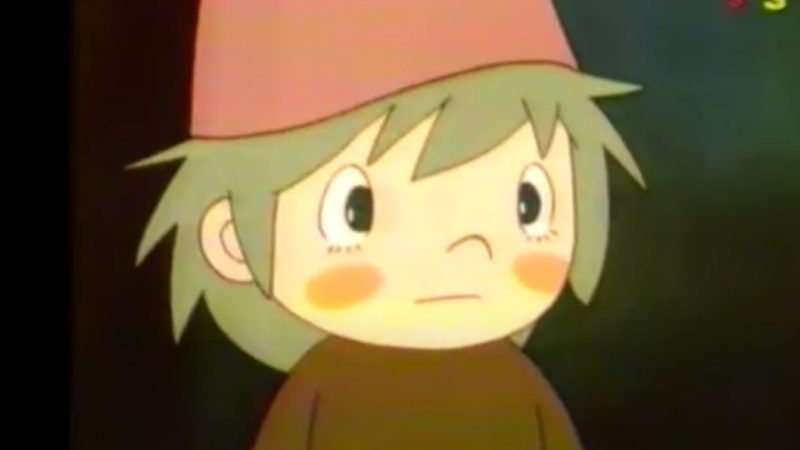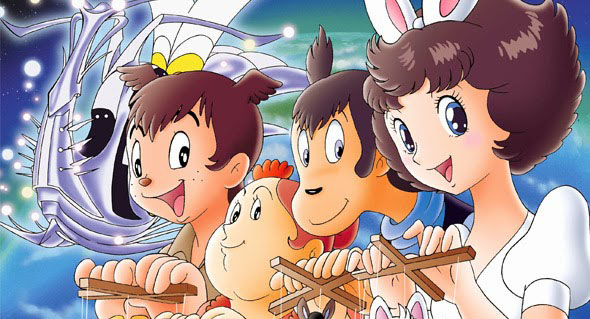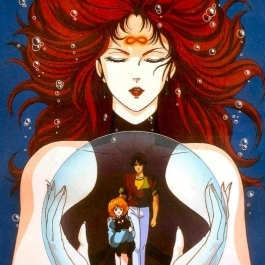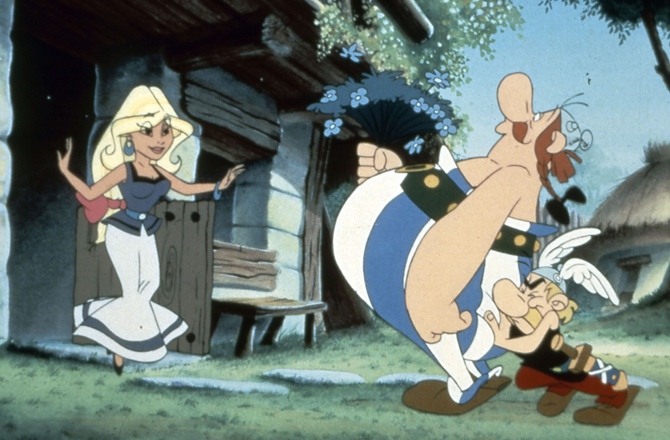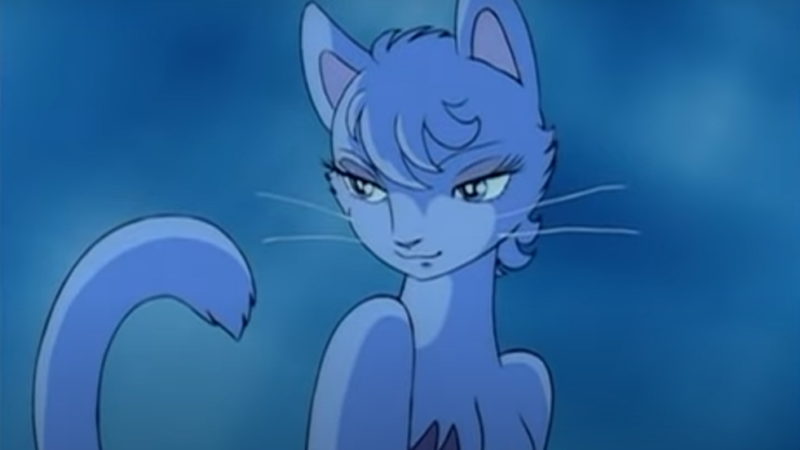Behind the Scenes with Jellyfish Pictures in "Dennis & Gnasher: Unleashed!"
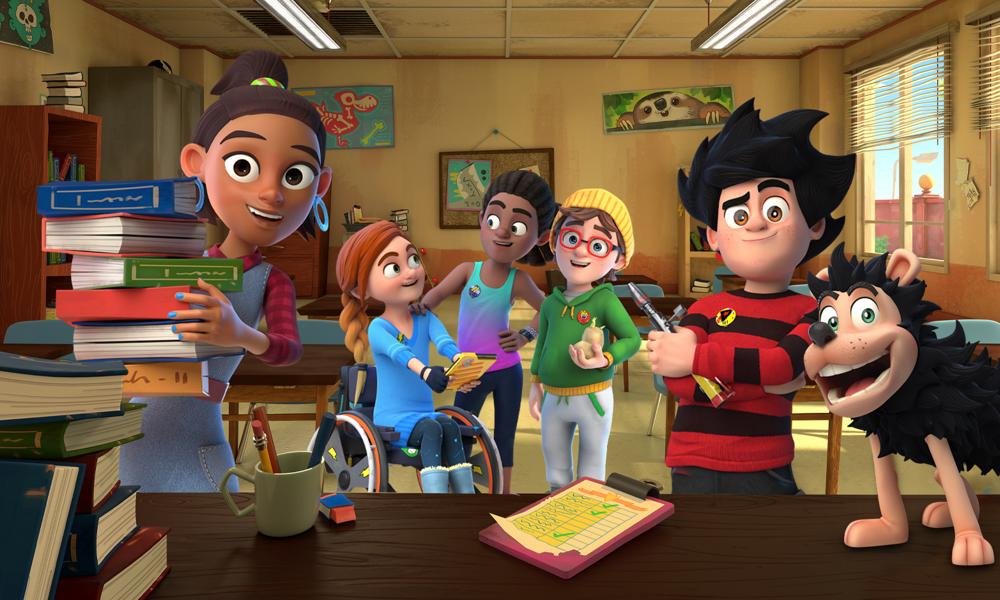
On July 13, Beano Studios " Dennis & Gnasher: Go wild! he roared back to British public screens on the public broadcaster CBBC.
The Jellyfish Pictures crew have been working on the series for the past 18 months, with the final months of the series created entirely in a remote environment. The new series includes 52 x 11 min. episodes, following the unpredictable and exciting adventures of Dennis and his friends in Beanotown. Malice and daily rebellion rule the streets where literally anything can happen - and it usually does!
It was the end of 2018 when Dennis, Gnasher and his friends were welcomed back into the Jellyfish studios. And they came with reinforcements in the form of award-winning animated series director Kitty Taylor at the helm.
The company had worked with Beano Studios and CBBC on the British heritage brand's first series. Now reactivated for a second series, it was time to bring those characters back to life, pushing their stories even further and developing personalities and traits.
Introduced as the first Jellyfish crew member in the series, Taylor began to immerse herself in the world of Beanotown, its inhabitants and the tone of the storytelling. Once she truly became an expert on all things Dennis, script development began, working closely with Beano Studios and the BBC.
For the second season the goal was to grow Dennis & Gnasher: Go wild!Secondary characters, JJ, Rubi and Pieface. Together with Beano Studios, with workshops and collaboration from different writers, the stories and character developments were refined and the scripts were signed.
“The start of the project is one of the best moments for me. It's almost the calm before the storm… the storm is when everyone comes together and you have to supervise and sign every step from script to composition simultaneously! "Taylor reflects." It's an opportunity to really build those customer relationships and ground yourself in this world you are about to launch into for two years.
He adds: "I have 20 years of directing animation behind me, so I know the script phase is an incredibly crucial time, when I have to decide what will work and what won't, both in the tone of the story and practically CG."
The next team member to join Jellyfish's part in the project was CG supervisor Murray Truelove. Truelove had worked his first season as a lighting artist, so he already knew the pipeline, the characters and the environments they live in.
With the design and illustrations taking place internally at Jellyfish in the first series, the look of the show had already been established, with many of the environments and characters being repurposed for the second series.
Truelove's first major task, working with the series director, was to review the scripts and ascertain what assets already existed and what should have been created from scratch. Throughout the new series, we see a roster of new environments and props, including fun gadgets and vehicles. In addition to noting what new elements Jellyfish should create, it is also the role of the CG supervisor to advise Taylor and the client which elements are achievable and what needs to be reconsidered in the script in order for it to work practically and on budget.
In addition to new environments and props, a new central character has been introduced to the cast: Miss Mistry, Dennis, and her friends' newly qualified rookie teacher. Working alongside Beano Studios, the character design was completed in-house by Jellyfish Artistic Director Katri Valkamo and overseen by Tim Searle, Head of Animation at Beano Studios.
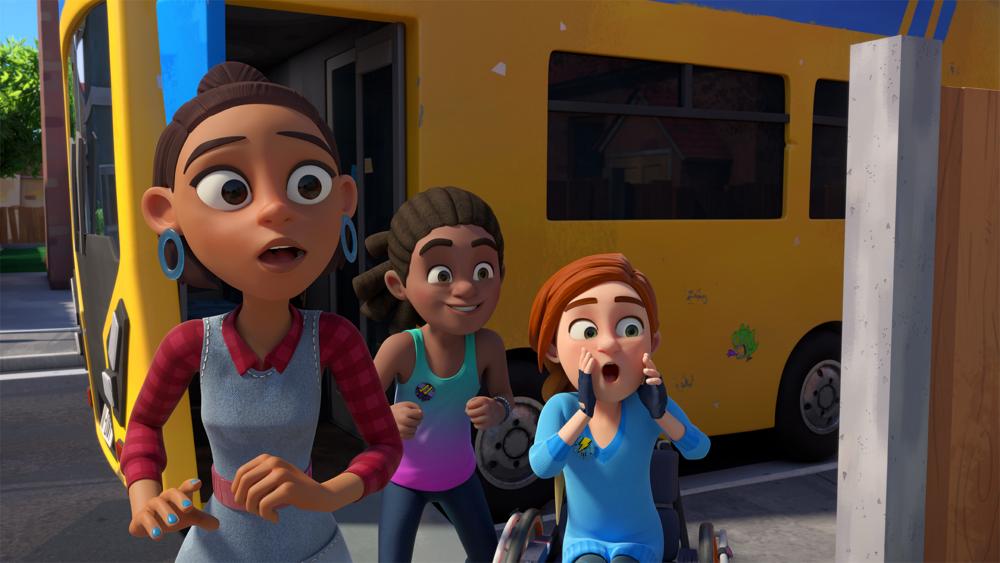


Dennis & Gnasher: Go wild!
"It was great to work with the entire Jellyfish team. The feedback from our audience gave us clear guidance and we are delighted with how the characters have evolved," comments Searle. "The animation team did an excellent job: New young teacher Miss Mistry gives a new dynamic to school life and Dennis, Pieface, JJ, Rubi and Gnasher have even more fun in this new series."
In addition to creating brand new environments for Season 2, the team had to develop and improve new areas of the existing Season 1 sets. These ranged from complex to rather simple. With the world of Beanotown growing, or with the viewer increasingly aware of the different parts of it, Truelove had to carefully consider the geography of the city.
"My role is to make sure everything works," Murray says. "Whether it's in the beginning before the correct kick-off, setting up the right workflows and tools for artists to get their work done or doing a sense check of what we already had in our bank of resources, to the world of Dennis and his friends by physically working on the screen. "
With the signing of the first of the scripts, completing a stock check of existing assets that could be reused, and confirming what needed to be created, the team began to grow.
For Jellyfish, a production like Dennis & Gnasher: Go wild to perform it requires a crew of about 60 people, made up of storyboard artists, animators, lighting artists, composers, modelers, editors and the production staff. The project was about three-quarters of the way through when the entire crew was moved to a remote work environment.
“We were very fortunate to have been a fair way into our production when the pandemic hit. The team had already created a very strong bond, with great leads who have injected enthusiasm and passion into all of their individual teams, "notes Nathalie Le Berre, series producer for Jellyfish." The importance of great skills can never be underestimated. interpersonal when working on a show like this. Working remotely obviously brought some challenges, but as the underlying relationships were there, our team adapted very quickly to the new way of communicating. "
Jo Allen, producer, BBC Children's Animation and Acquisitions at the BBC, says of the production: “Working on the new series was fantastic. We focused on the characters and pushed the humor to generate easily recognizable stories that I'm sure will make a great laughter to the audience. It was impressive to see how the production managed to stay on track despite the current difficulties and I'm pleased with how the series turned out.
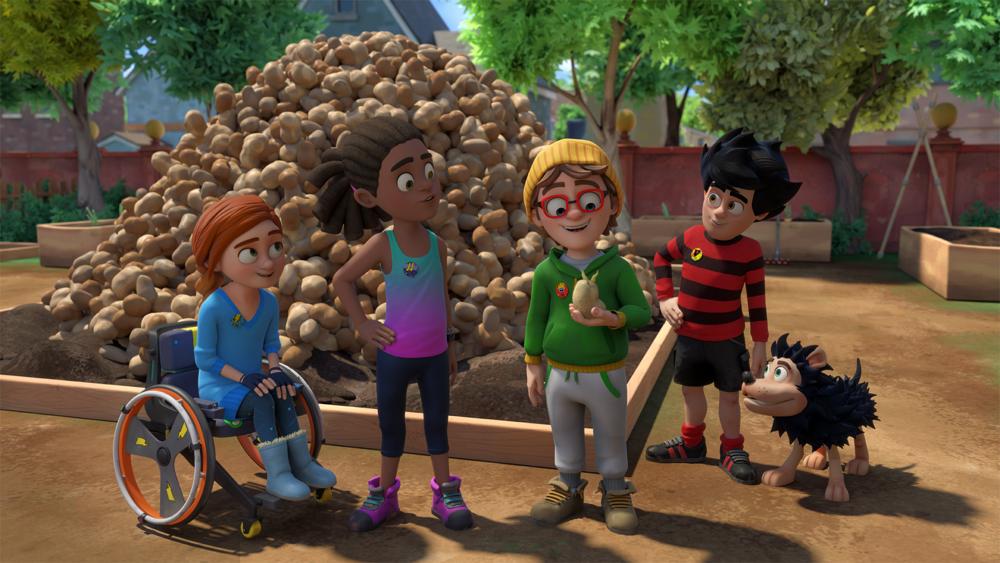


Dennis & Gnasher: Go wild!
The animation department, which was made up of three teams of eight to nine animators, overseen by director of animation John Knowles, works on a separate episode each, meaning there are three episodes in play at any one time. Once the animations are finished, the shots are delivered to the lighting and composition departments, which bring realism to the show, before everything is put together in the montage. The director of the series has permission at every stage, including voice recordings that are performed by the voice actors.
“When you have to supervise many different departments, doing very different things, especially in the situation we're in now, where everyone works remotely, there's a huge element of trust in the show,” says Taylor. “We hire the people we hire, because we can trust them to do what they do best. While I know how to provide feedback on how the show looks, I don't necessarily know how to light up a shot or build an asset. It is vital that you can trust your team to understand your notes, run with them and return with the desired result. "
During the block, the Dennis & Gnasher: Go wild! continued to deliver the show on time, without losing the quality or fun expected of its audience. All departments conducted reviews and meetings on Microsoft Teams and, in addition to sitting in the studio, were able to continue normally.

